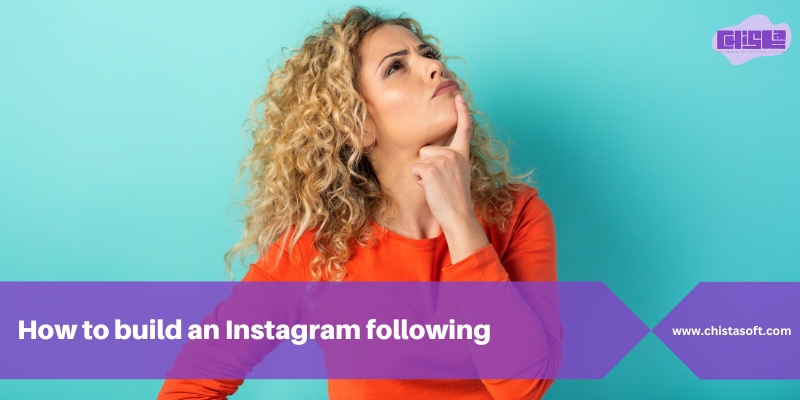How Do I Get My Website on the First Page of Google?
So you want to get your website on page 1 of Google, but you're not sure how? Well, you've come to the right place! I've ranked dozens of websites on page 1 of Google, and I'm going to show you how you can do the same.
How Google (And Other Search Engines) Work
The first thing you should realize about Google is that Google is NOT the Internet. Just because your website does not show up on Google, does not mean it is not on the Internet. Your website can be published live on the Internet without being displayed in Google's search results for a particular keyword.
The way Google and other search engines display websites is this: Google has automated computer systems working around the clock that randomly visit websites all over the Internet, take snapshots of each page, and file them away in a massive database.
As part of taking a snapshot of each web page, Google's system reads every word and other content on a web page (like photos, videos, audio files, etc) in order to determine the specific subject of the page. Google uses this collected data to determine which web pages to show, and in what order, for a particular keyword search.
In other words, Google's computer algorithms dynamically determine which web page on the Internet is the most relevant for a specific key word or key phrase and displays it first. It then displays the second most relevant page, and so on. The resulting list of web pages is known as a Search Engine Results Page (SERP).
How Do I Get My Site On Google
?
First, you need to make sure your website has been indexed by Google. To find out if it is, type site:yourdomain.com into the Google search box, replacing yourdomain.com with your actual domain name. If you see a listing of your website's pages, then Google has already indexed your site and will continue to visit it occasionally to check for updates. If your website is not listed, submit it here: http://www.google.com/addurl. It will take 1 or 2 weeks for Google to visit and index your website.
Secondly, remember, Google will only display web pages that are relevant to the keyword being searched. The first step is to make sure your web page's text is related to the keyword in question. If it's not, chances are Google won't show it.
Third, just because your website does not show up on the first page, doesn't mean it is not showing up at all. Go to the bottom of the results page and click "Next" for page 2 and so on. Your website may be on page 2, page 82 or somewhere in between.
Okay, My Website Is On Google, But It's On Page 41! How Do I Get It To Show On Page 1?
Ah! You've asked the million dollar question. An entire industry has been built to answer this question and millions of dollars are spent each year to accomplish this! My first question for you is, "How much money do you have?" Just kidding, but seriously, the good news is there are two main ways to get your website to show up on the first page of Google:
You can pay to be on the first page of Google and it doesn't have to be a lot of money. This is called Google Ads.
You can get your website to rank "organically" without having to pay for ads.
SEO Consultant: What Does A SEO Consultant Do?
best seo blog : how to optimize your blog for search engines
How To Rank Higher On Google in 2023


 9 Common Site Errors
9 Common Site Errors